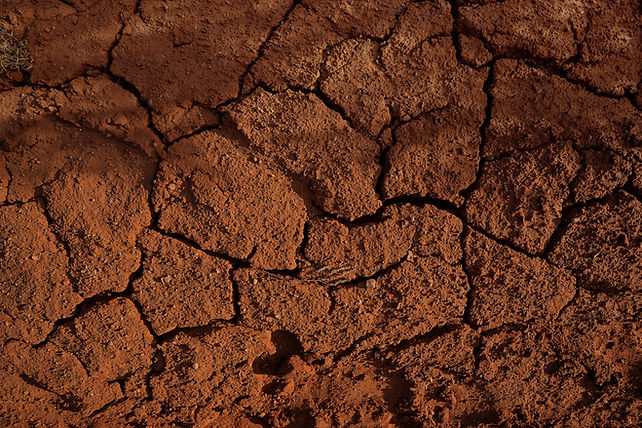
Soil Survey
In recent years, regulations regarding the protection of land from contamination have been on the rise and continually tightening. This shift reflects the growing understanding that soil forms the fundamental basis for all life on earth - humans, plants, and animals.
Soil is a vital resource, essential for humans, plants, and the wider ecosystem.
Soil contamination can be a nuisance and a significant hazard in many ways, such as the infiltration of pollutants into groundwater or their runoff into surface reservoirs, potentially affecting drinking water supplies. It can also impact on the air quality near contaminated sites and pose direct risks to human health and the environment. These factors can be sources of various diseases and may even present serious dangers to life.
To safeguard soils from pollution and associated risks, the Ministry of Environmental Protection requires industries and factories, when necessary, to conduct a soil survey. The purpose is to obtain an up-to-date assessment of potential contamination, enabling the authorities to mandate remedial actions and the rehabilitation of polluted soils.
.jpeg)
.jpeg)
.jpeg)
What is a Soil Survey?
According to the requirements of the Ministry of Environmental Protection, current or former industrial sites must carry out a soil survey whenever soil contamination is detected or suspected.
A soil survey aims to identify the types of pollutants present in a contaminated area, determine their concentrations in the soil, and assess the extent (both area and depth) of the contamination.
As part of the survey, environmental and human health risk assessments are performed for those working at or residing near the contaminated site.
The objective of the soil survey is to characterize and quantify the pollutants in the soil and thereby estimate the risk they pose to the environment and public health.
Who Needs a Soil Survey?
A soil survey is required for new industries or facilities, usually because of findings from a historical survey.
A historical survey is mandatory when issuing business licenses, applying for hazardous materials permits, during planning and construction processes for new industrial sites, or prior to the closure of facilities that have handled hazardous substances.
Based on the results of the historical survey, the Ministry of Environmental Protection evaluates if there is a risk of soil contamination at the site.
If there is a significant likelihood of soil contamination, the Ministry may require a comprehensive and detailed soil survey to assess potential pollution and, where necessary, to mandate remediation or treatment of contaminated land.
What Are the Requirements for a Soil Survey?
A soil survey is a physical investigation of land suspected to be contaminated, which includes drilling and collecting soil samples for laboratory analysis.
Based on the results, it is possible to determine if contamination levels exceed the permissible thresholds for soil pollutants, assess associated risks, and recommend appropriate remediation methods for the affected soils.
Additionally, the soil survey assesses the impact of soil contamination on public-serving areas (public receptors). If contamination poses a risk to these areas, site owners will be required to address the polluted soil.
In Summary
A soil survey report, which must be submitted to the Ministry of Environmental Protection for approval, includes sampling results, analysis of findings, a remediation and management plan, and relevant supporting documents.
Sutok Environmental Consulting & Engineering specializes in preparing soil surveys. Our team ensures to recommend the most suitable and cost-effective remediation methods, helping clients avoid unnecessary expenses.
Sutok has been working for years with clients from various industries, assisting them in streamlining the regulatory and environmental bureaucracy professionally, efficiently, and economically.
